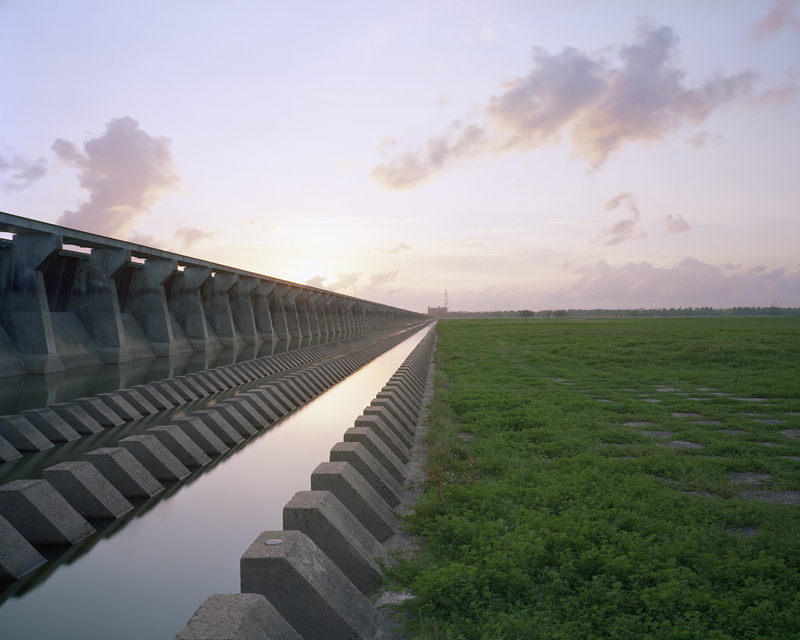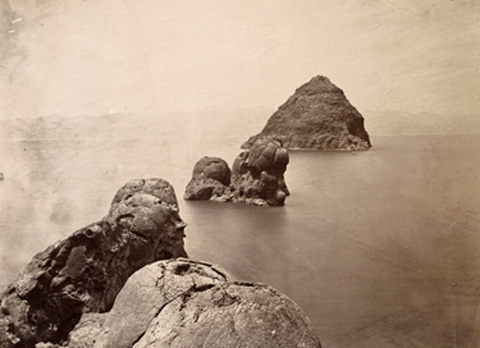Jeff Rich has been photographing the Mississippi River Watershed for several years now.
Rail Bridge, Smith Mill Creek, Asheville, North Carolina, 2006
Watermain for the City of Asheville, The Swannanoa River, Black Mountain, North Carolina, 2007
So many of his photographs give me a guilty pleasure: they're beautiful photographs, but what's depicted in the photographs of what has happened and/or is happening to the landscape is frustrating, infuriating or even horrifying.
The sorts of scenes like the one below are a great example of what I mean.
Campground, The French Broad River, Asheville, North Carolina, 2006
Brown family farm, North Fork of the Swannanoa River, Black Mountain, North Carolina, 2007
Hominy Creek, Asheville, North Carolina, 2006
Coal Fly Ash Spill, Harriman, Tennessee, 2009
Raccoon Mountain Pumped Storage Plant Outflow, Tennessee River, Chattanooga, Tennessee, 2010
Bonnet Carré Spillway, Mississippi River, St Charles Parish, Louisiana, 2012
Check more of Jeff's work on his website.













